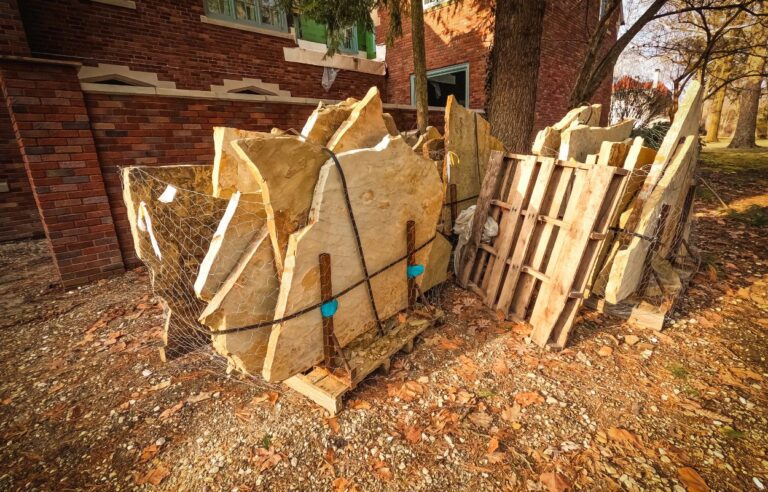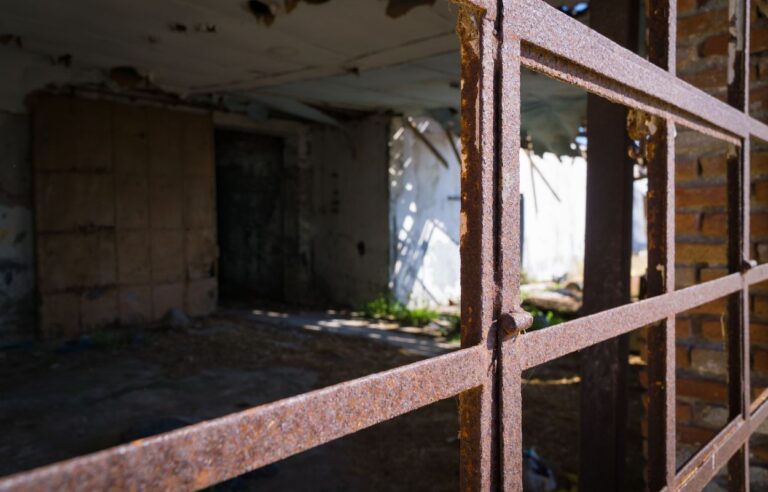
Asbestos, a hazardous material commonly found in buildings constructed before the 1980s, poses significant health risks when it is disturbed and becomes airborne. Asbestos fibers can cause severe respiratory illnesses, including lung cancer and mesothelioma. When it comes to asbestos removal, it is crucial to prioritize safety and effectiveness. This blog post aims to highlight the best practices for asbestos abatement, emphasizing the importance of hiring professional asbestos abatement services for a successful and secure removal process.
UNDERSTANDING ASBESTOS AND ITS RISKS
Before discussing the best practices for asbestos abatement, it is essential to comprehend the nature of asbestos and its associated health risks. Asbestos is a naturally occurring mineral used in various construction materials due to its heat resistance and durability. However, when these materials deteriorate or are disturbed, tiny asbestos fibers become airborne and can be inhaled. Prolonged exposure to these fibers can lead to serious health complications.
IDENTIFYING ASBESTOS MATERIALS
To ensure effective removal, it is crucial to identify the presence of asbestos-containing materials (ACMs) in your property. Hiring a professional asbestos abatement company to conduct a thorough inspection is the safest approach. Trained experts will assess the condition of materials suspected to contain asbestos, collect samples for testing, and provide a comprehensive report outlining the extent of contamination.
HIRING PROFESSIONAL ASBESTOS ABATEMENT SERVICES
When it comes to asbestos abatement, hiring a professional company with expertise in handling hazardous materials is of utmost importance. Professionals have the necessary training, equipment, and experience to execute the removal process safely and effectively. They follow strict protocols, including proper containment, disposal, and decontamination procedures, ensuring minimal risk to occupants and the environment.
PROPER CONTAINMENT AND REMOVAL TECHNIQUES
During the asbestos removal process, containment is critical to prevent the spread of asbestos fibers. Professionals employ specialized techniques, such as sealing off the affected area, using negative air pressure systems, and wearing appropriate personal protective equipment (PPE). By strictly adhering to these practices, professionals minimize the risk of fiber release and safeguard the surrounding environment.
LEGAL COMPLIANCE AND DISPOSAL
Professional asbestos abatement companies are well-versed in local regulations and guidelines governing the safe removal and disposal of asbestos-containing materials. They ensure compliance with legal requirements, including obtaining necessary permits and licenses. Additionally, professionals have access to authorized asbestos disposal sites, guaranteeing the proper and responsible handling of hazardous waste.
Asbestos abatement is a complex and hazardous process that should be approached with utmost caution. Hiring professional asbestos abatement services is the key to ensuring safe and effective removal. Professionals possess the necessary knowledge, skills, and resources to identify, contain, and remove asbestos materials properly. By prioritizing safety, following best practices, and complying with legal requirements, professionals provide peace of mind and protect the health and well-being of occupants and the environment.
In conclusion, when it comes to asbestos abatement, remember that the expertise of professionals is invaluable. Don’t compromise on safety—choose a trusted asbestos abatement company for a thorough, secure, and efficient removal process.





